
Glasses Styles and Frames
Learn more about the different types of eyeglass frames and how to choose the best one that will match your style.
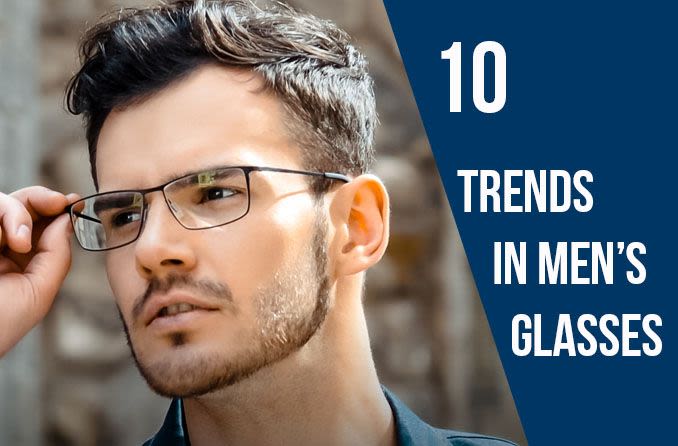
Check out the top 10 trends in men's glasses, including horn rims, stylish unisex looks, fashion-forward round frames and more.

Can glasses make you look younger? It’s possible! Learn how to choose eyeglass frames that boost your confidence. Find your new look with these style tips.
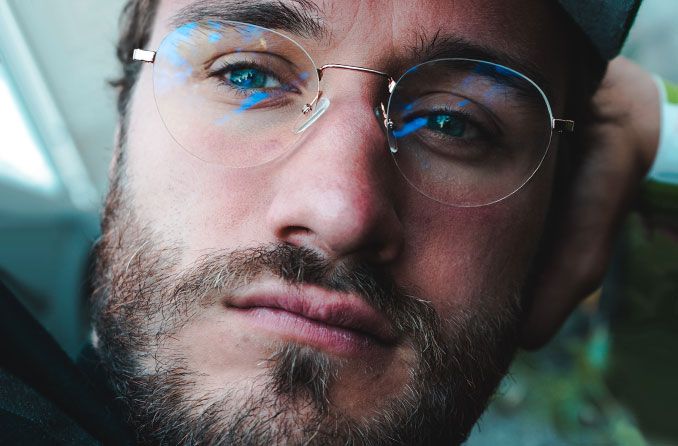
Rimless eyeglasses are a perfect choice for special occasions like weddings, a look that goes with everything or when you just want a lighter-weight frame.

Get insightful tips on finding the right men’s glasses and lenses to suit your activities, lifestyle and face shape.

Learn about Armani Exchange eyewear by Giorgio Amani, including the brand’s history, style, products and where to buy A|X glasses and sunglasses.

Bolon glasses and sunglasses offer a combination of comfort, quality and style. Get the details on Bolon brand history, popular styles and where to shop.

Brooks Brothers creates eyewear that reflects the company's timeless Americana aesthetic, attention to detail and impeccable quality.

Whether you’re looking for modern or vintage cat-eye glasses, there are many options to find a pair of cat-eye prescription glasses that look good on you.
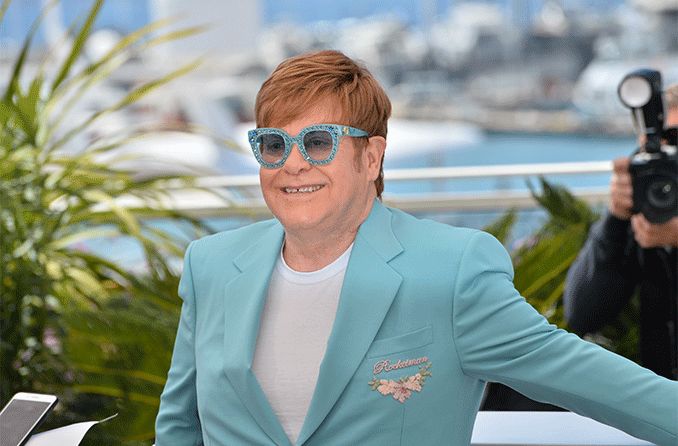
High-performance ski goggles, luxury sunglasses and funky prescription glasses are all things you’ll find in celebrity eyewear lines. Which frames will you choose?
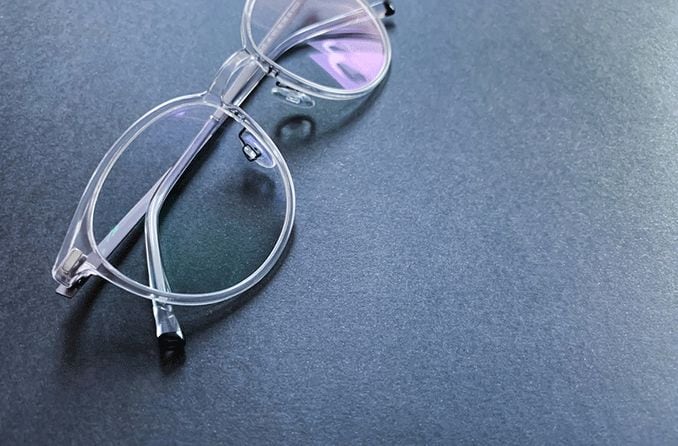
Clear glasses are an inclusive trend characterized by clear or transparent frames, which complement all skin tones and ages.
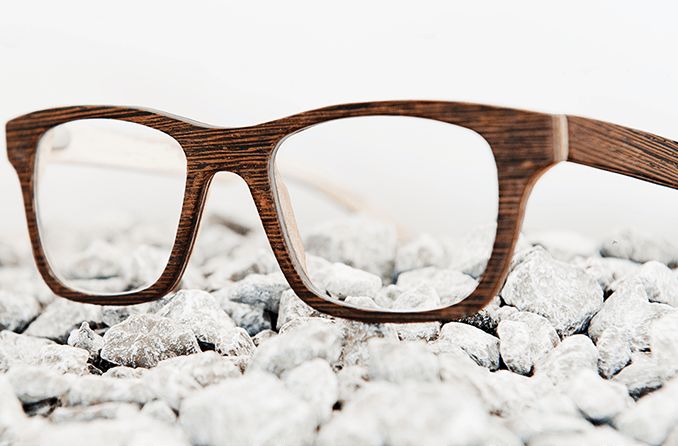
Eyeglass frame materials include zyl, monel, flexon, stainless steel, titanium, wood, silver and aluminum; learn which is right for you.
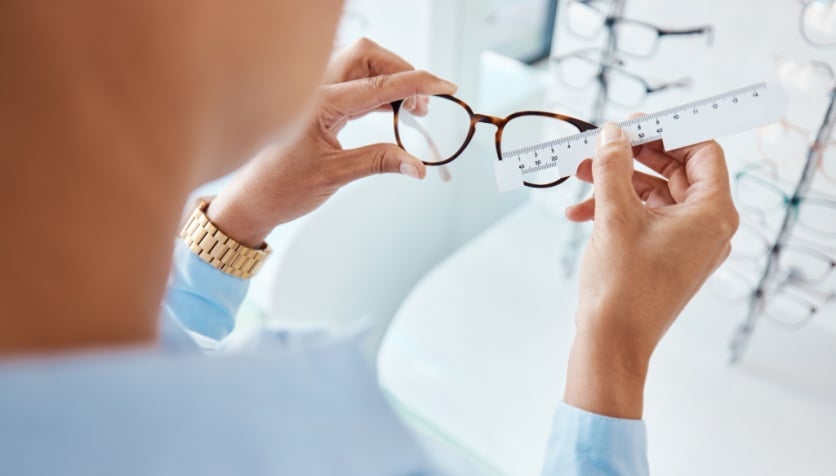
How to tell your glasses frame size by the numbers stamped on the inside of your eyeglass frames.

Fake eyeglasses are all style and don’t require a prescription. Our trending guide covers who wears fake glasses and why, and where to find fake eyeglasses

Some of the world’s most famous men also are known for their signature eyeglasses. Examples include John Lennon, Elton John, LeBron James and Harry Potter
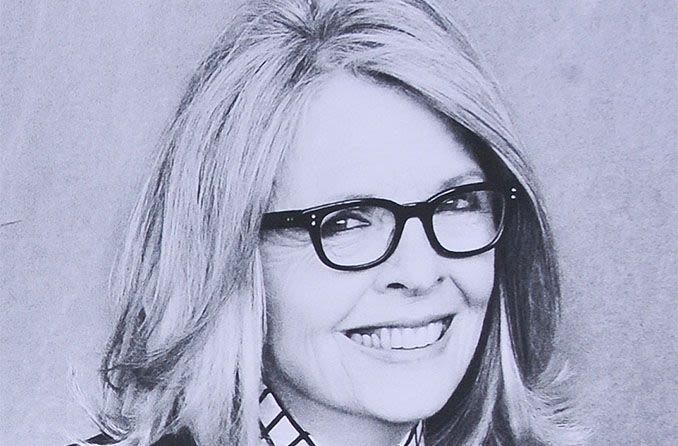
Famous women and their eyeglasses details the wire rims and other styles worn by the likes of Ruth Bader Ginsburg, Lady Gaga and many others.
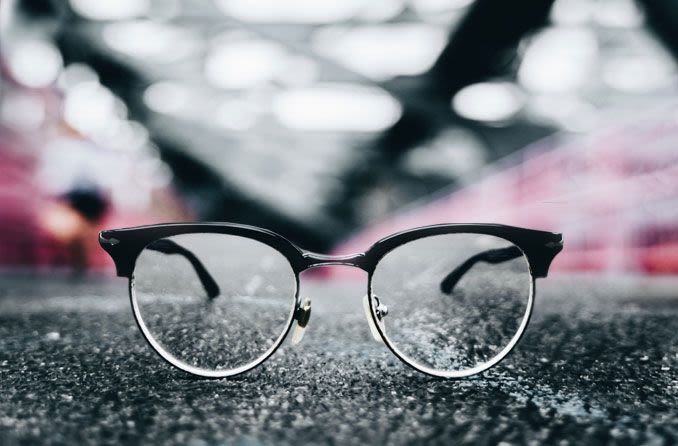
Durable men’s eyeglasses can withstand scratches and breakage, but how do know what to look for? Our guide looks at the strongest frame materials and lenses.
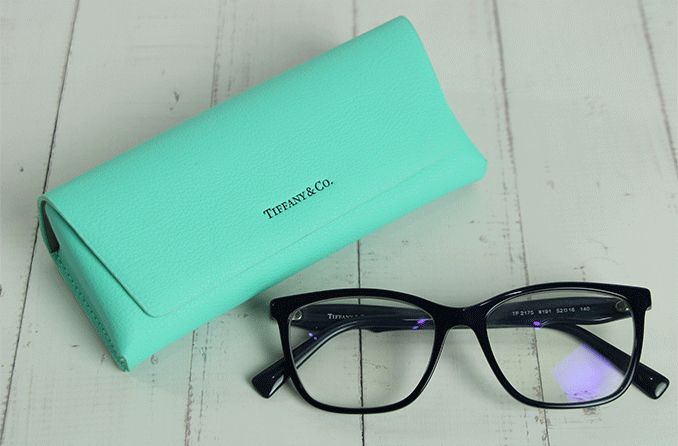
Tiffany & Co. may bring diamonds to mind, but the brand also makes eyewear that’s as elegant and distinctive as its classic jewelry.
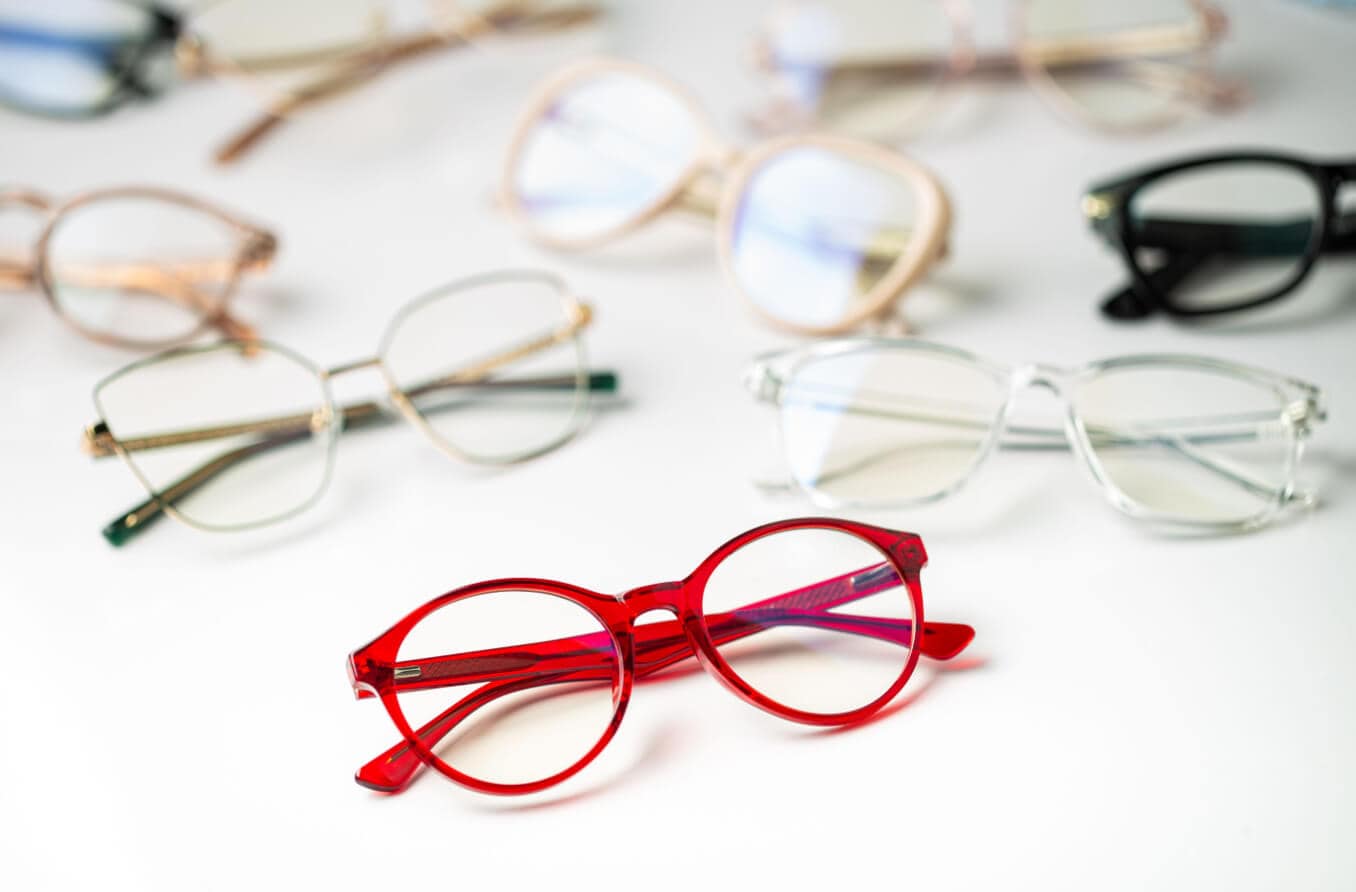
Discover the right frames for your face shape and personal style. Explore different types of glasses and sunglasses to find your perfect pair.

Glasses do more than help your eyesight; they can say a lot about your desirability, personality, and even career! See how glasses affect perceptions.
All About Vision and AllAboutVision.com are registered trademarks of AAV Media, LLC. © 2000-2025 AAV Media, LLC. The content on this site is for informational purposes only. All About Vision does not provide medical advice, diagnosis or treatment. Contact an eye doctor if you need medical attention.